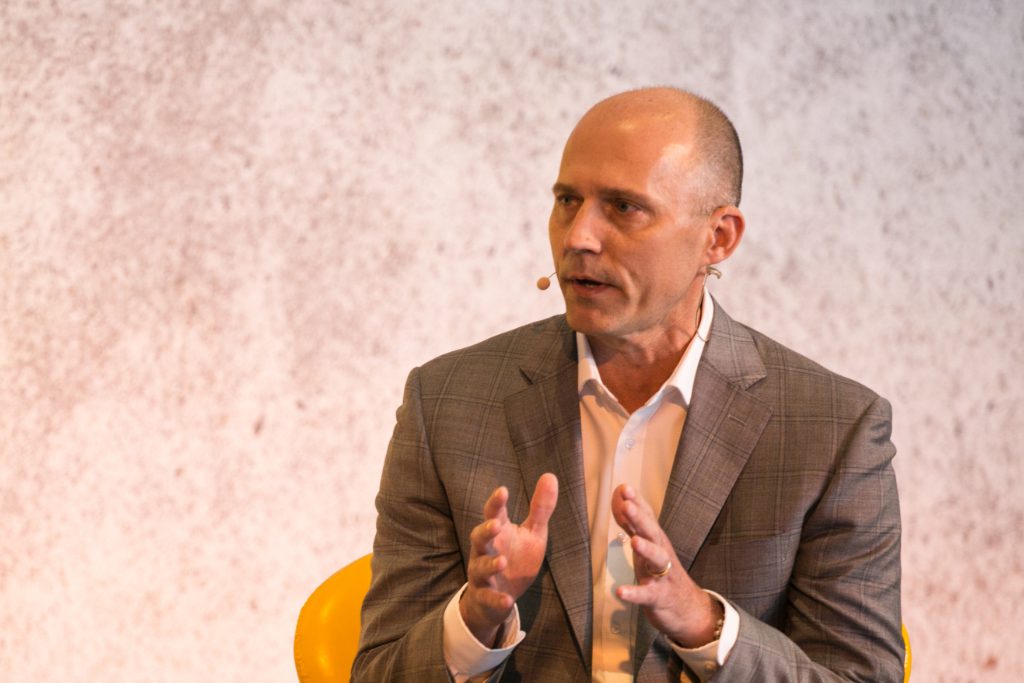How Sabre Is Tackling Its Airline Tech Challenges

Skift Take
Sabre has sold operational tools to airlines for years, but the business unit became complacent. CEO Sean Menke has revved up the travel tech company's metabolism. But it will take at least a year for his turnaround to kickstart renewed revenue growth in this unit.
When he became CEO of Sabre two years ago, Sean Menke pledged to upgrade the company's technology. After last summer's reorganization, Menke's changes materialized, as Sabre unified its systems and added tools.
But problems still persist.
Since last summer, Sabre has had some system failures. On April 29, its core reservation system, SabreSonic, briefly failed. The company apologized to customers, including American Airlines and JetBlue. That followed Sabre a month earlier having similar system outages that caused delays for carriers. More recently, on May 14, JetBlue reported that SabreSonic went down. Sabre blamed one of its connectivity suppliers, CenturyLink, for the hiccup.
Sabre said it strives for perfect operations, that no downtime is acceptable, and that it doesn't expect further failures. It can't afford them, with competition for airline business steep, even from the airlines themselves now.
Sabre's glitches weren't new. In November 2016, Southwest, JetBlue, and other customers blamed a Sabre snafu for causing scattered takeoff delays. In October 2016, a similar Sabre issue stopped travelers from booking with Southwest, JetBlue, and Virgin.
Some airlines had begun to worry that Sabre had neglected to clean up its software. This was feedback Menke moved quickly to address.
Linking and Upgrading
Sabre's tech modernization, which has included the company's first big overhaul of its flagship booking system in five years, aims to prevent these problems while also adding more useful tools.
The company has two main systems. SabreSonic takes reservations. AirVision helps airlines manage crew schedules, define route networks, and re-accommodate passe

